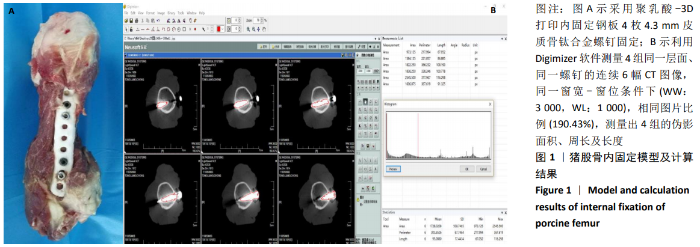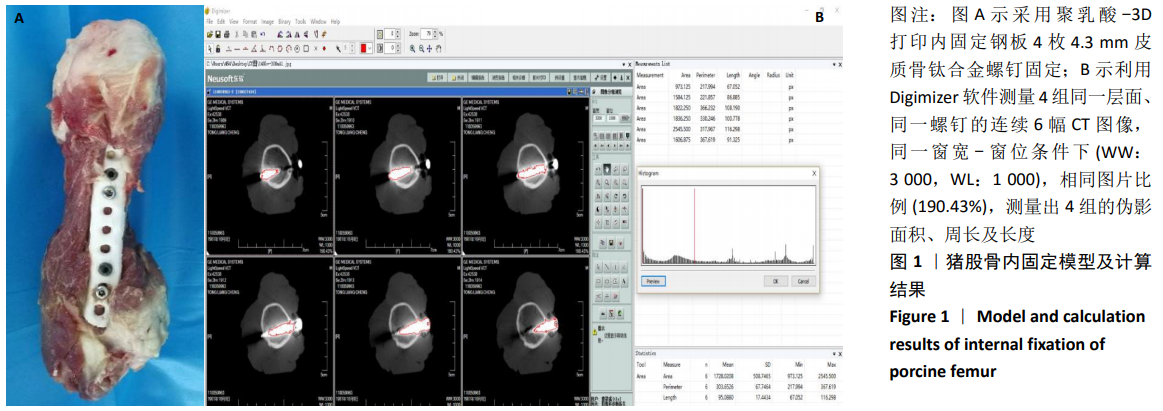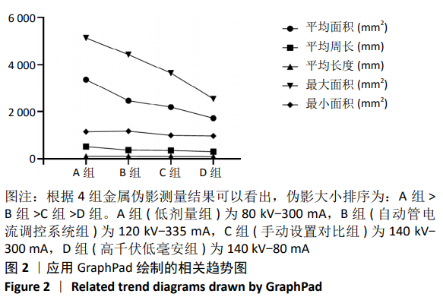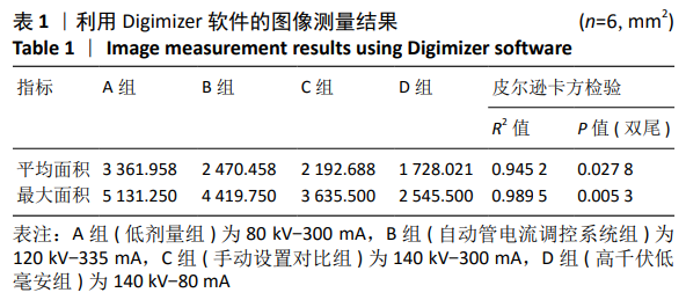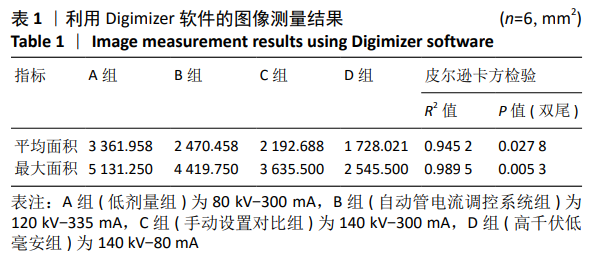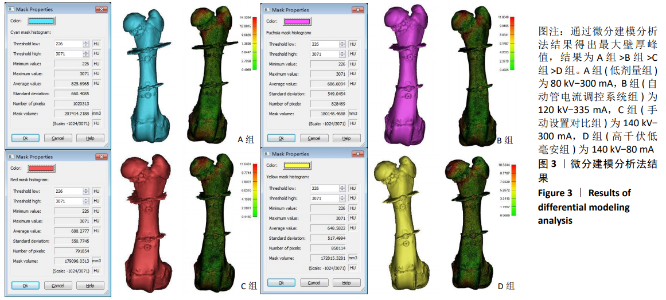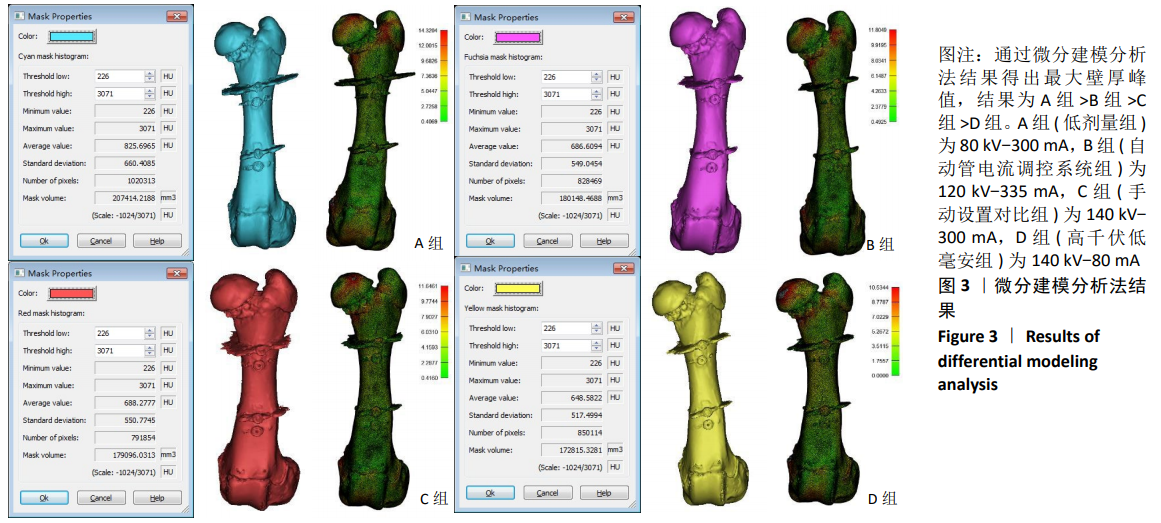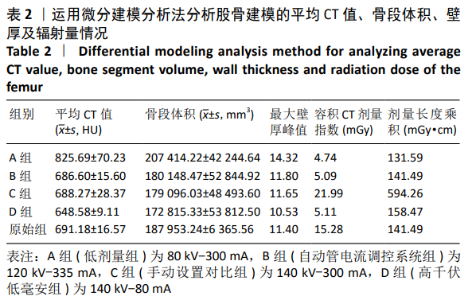[1] 李颖, 费王华, 樊黎霞, 等. 新鲜长管状骨的三维有限元分析[J]. 中国骨与关节损伤杂志, 2010, 25(11):991-993.
[2] 霍其润,李建武,陆耀, 等.基于变分的CT图像环形伪影校正[J].自动化学报,2019,45(9):1713-1726.
[3] 吕蓉,韩宇欣,李娜, 等.CT图像噪声与辐射剂量及对比剂浓度的相关性研究[J].临床放射学杂志,2019,38(6):1128-1131.
[4] 向春玲,黄华军,张雁儒.快速高仿真人骨有限元几何建模—–基于Mimics、Geomagic及Ansys软件的应用[J].宁波大学学报(理工版),2019,32(6):16-22.
[5] 张客松,韩青,单悦展, 等.CT金属去伪影技术在骨科的应用[J].中华实验外科杂志,2018,35(4):791-792.
[6] 樊黎霞, 丁光兴, 费王华, 等. 基于CT图像的长管骨有限元材料属性研究及实验验证[J]. 医用生物力学,2012,27(1):102-108.
[7] 丁光兴.基于个性化的长管骨有限元参数化建模及实验验证[D].南京:南京理工大学,2012.
[8] 许苑晶,刘至原,柳毅浩, 等.一种3D打印重构软件的骨骼重建精度评价方法的研究[J].中华创伤骨科杂志,2019,21(10):894-900.
[9] 李成龙,胡春峰.单能量CT成像结合去金属伪影算法在儿童漏斗胸金属支架植入术后评估中的应用[J].影像诊断与介入放射学, 2020,29(1):37-41.
[10] 张洪,何晓清,邹亚毅.双源CT双能量成像技术在骨关节金属内固定去伪影成像的应用[J].中国CT和MRI杂志,2018,16(11): 137-139.
[11] 马小贝.骨关节金属植入物伪影消除中双能量CT扫描的运用研究[J].影像研究与医学应用,2019,3(2):106-107.
[12] 王栋,刘斌.双源CT单能谱成像技术在胸部内固定术后使用优化方案[J].实用放射学杂志,2018,34(1):121-125.
[13] MARCHISIO F, IZZO A, RAMPADO O. Effective dose and image quality evaluations of an automatic CT tube current modulation system with an anthropomorphic phantom. Eur J Radiol. 2009;72(1):181-187.
[14] 刘荣,丁祥华.数学法测量非碎裂性骨干骨折断端旋转度的CT实验研究[J].西南国防医药,2015,25(2):137-141.
[15] BOUDABBOUS S, ARDITI D, PAULIN E, et al. Model-based iterative reconstruction (MBIR) for the reduction of metal artifacts on CT. Am J Roentgenol. 2015;205(2):380-385.
[16] TANG H, YANG D, GUO S, et al. Digital tomosynthesis with metal artifact reduction for assessing cementless hip arthroplasty: a diagnostic cohort study of 48 patients. Skeletal Radiol. 2016;45(11):1523-1532.
[17] HUANG JY, KERNS JR, NUTE JL, et al. An evaluation of three commercially available metal artifact reduction methods for CT imaging. Phys Med Biol. 2015;60(3):1047-1067.
[18] 李杰,袁源.能谱CT去金属伪影技术减低金属伪影的研究进展[J].实用放射学杂志,2020,36(2):326-328.
[19] 袁颖,钟朝辉,吴天棋, 等.自动管电流调节技术下螺距对胸部CT图像质量及辐射剂量影响的体模研究[J].中国医疗设备,2019, 34(1):74-77.
[20] 李晓娜,王矞辉,张英华, 等.腰椎间盘CT 2种模式扫描剂量的比较[J].河北医科大学学报,2019,40(5):565-569.
[21] 张客松,韩青,单悦展, 等.CT金属去伪影技术在骨科的应用[J].中华实验外科杂志,2018,35(4):791-792.
[22] ROTH TD, MAERTZ NA, PARR JA, et al. CT of the Hip Prosthesis: Appearance of Components, Fixation, and Complications. Radiographics. 2012;32(4):1089-1107.
[23] 庞金荣.颞骨骨折的高分辨率CT诊断[J].影像研究与医学应用, 2018,2(22):135-136.
[24] 侯学健,王秀敏,王欢.高分辨率CT在鼻骨骨折中的应用[J].创伤外科杂志,2018,20(5):379-381.
[25] 叶柳清,洪文松,黎静, 等.不同图像灰度-密度校准曲线对螺旋断层放疗系统剂量计算的影响[J].中国医学物理学杂志,2016, 33(5):505-509.
[26] 邢点金,范晨烨,刘昊, 等.儿童CT检查辐射剂量最优化问题初探[J].泰山医学院学报,2020,41(1):72-75.
[27] POOLE KE, TREECE GM, GEE AH, et al. Denosumab rapidly increases cortical bone in key locations of the femur: a 3d bone mapping study in women with osteoporosis. J Bone Miner Res. 2015;30(1):46-54.
[28] 胡勇,李华圣.188例四肢长骨低千伏与高千伏数字摄影图像比较[J].福建医药杂志,2009,31(3):126-127.
[29] 蒋哲文.一种多层螺旋CT扫描数据预处理装置和方法[J].电子技术与软件工程,2018,7(14):168-168.
[30] 王宇.螺旋CT三维立体成像诊断骨关节创伤35例[J].中国伤残医学,2019,27(22):47-48. |
